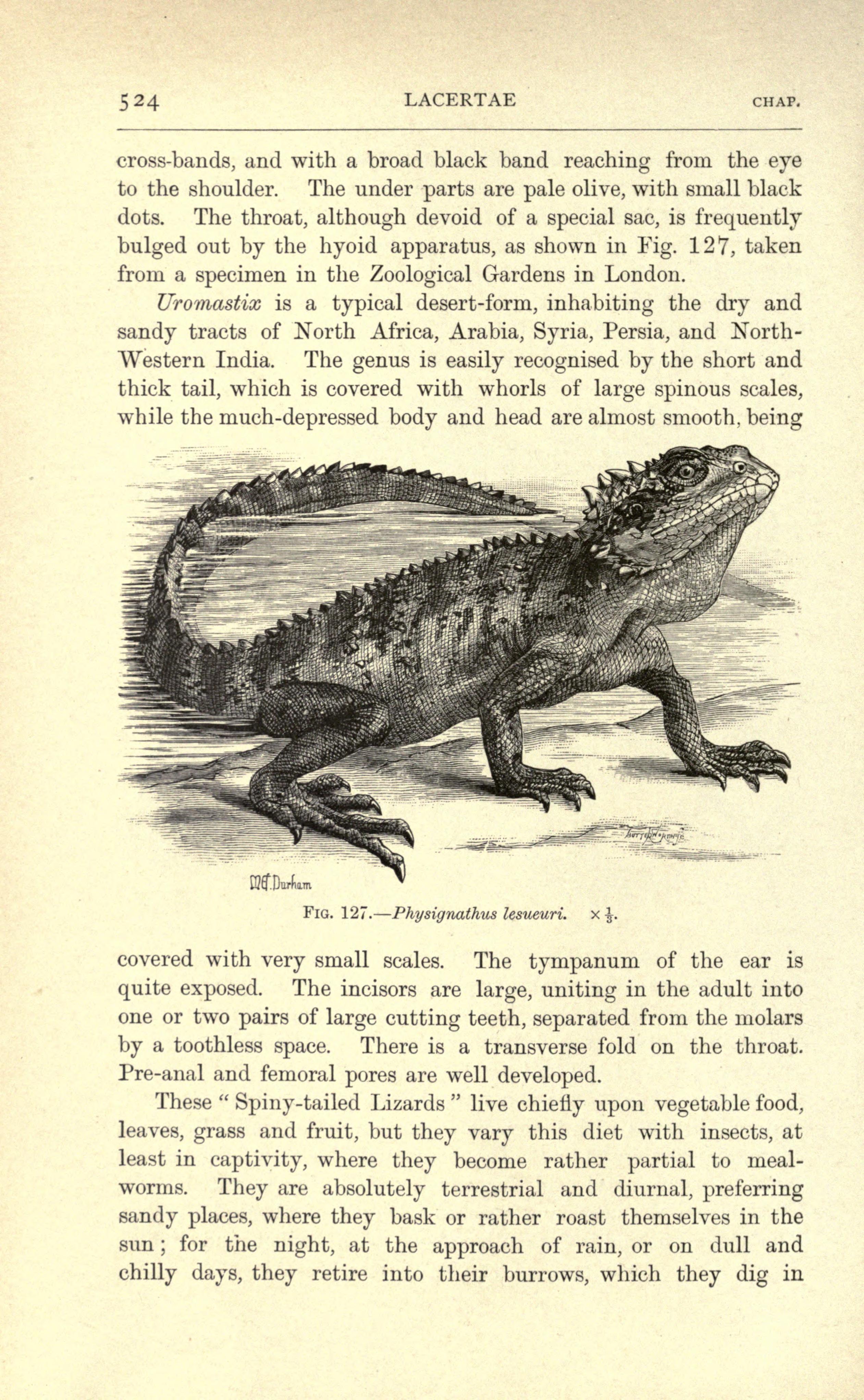
The entire STEM Tuesday team is SO excited to be celebrating our FOURTH anniversary!! We have enjoyed every minute of it and hope you have, too.
Our goal, when we started this blog was to provide engaging, exciting, and inspiring STEM/STEAM activities and literacy connections to all of our readers. Over the past three years, we have taken a deep dive into so many unique and interesting topics.
From conservation, to Health, to Field Work, and even Exploration and Technology. We have featured graphic novels, Women’s History month, sharks, and activity books. And who can forget the posts on epic achievements and fantastic failures? Such important concepts in all of STEM/STEAM.
If you have used STEM Tuesday’s posts in your classroom or homeschool, let us know by commenting below. We’d like to hear what kind of STEM/STEAM activities and literacy connections your student’s are enjoying. If there is topic that we haven’t covered yet and you’d like to see, please also let us know. You can email us at stemmuf@gmail.com
We, the entire STEM Tuesday team, thank you for reading our posts and using our resources in your classroom or homeschool. After all, it’s all about inspiring kids (of all ages) to engage with STEM and STEAM!
As a way to share our excitement of this anniversary, we are giving YOU the prizes.
Take a look at some of the amazing giveaways being offered:
 From Author Jennifer Swanson
From Author Jennifer Swanson
TWO free books



From Author Patricia Newman
Whose books include: Planry Ocean: Why We All Need a Healthy Ocean, and Eavesdropping on Elephants
One FREE 15-20 minute Skype Visit

From Author Heather L. Montgomery,
Whose books include: Who Gives a Poop? Surprising Science from One End to the Other and Something Rotten: A Fresh Look at Roadkill.
One FREE 15-20 minute Skype Visit

From Author Nancy Castaldo
Whose books include: The Farm that Feeds Us and Back from the Brink: Saving Animals from Extinction
One FREE 15-20 minute Skype Visit
 From Author Janet Slingerland
From Author Janet Slingerland
Whose books include Atoms and Molecules
One FREE 15-20 minute Skype Visit

From Author Sue Heavenrich
1 copy of


Mike Hays is offering a 20-minute classroom Zoom to talk about STEM Tuesday and the ways STEM intersects with all aspects of life and literature.
From Author Mary Kay Carson 
Two books:


 From Author Kirsten W. Larson
From Author Kirsten W. Larson

 From Author Karen Latchana Kenney
From Author Karen Latchana Kenney
TWO STEM books for giveaway:
AND ONE FREE $25 Gift Card to Barnes and Noble (from the whole team)
ENTER TO WIN BY CLICKING ON THE RAFFLECOPTER BELOW
We salute all of you teachers, librarians, and parents who are doing an AWESOME job teaching your kids/students this school year. If you are looking for virtual visits, please be sure to check our websites.
Many of us are offering activities and virtual events. You can find us all HERE.
THANK YOU for reading along with STEM Tuesday. Cheers to another great year. GO STEM!!!



 Kids love learning about animals—especially ones with superpowers! Use these books from the STEM Tuesday list along with their classroom ideas to let students explore how animals use their amazing skills to survive in nature and help humans too.
Kids love learning about animals—especially ones with superpowers! Use these books from the STEM Tuesday list along with their classroom ideas to let students explore how animals use their amazing skills to survive in nature and help humans too. 







